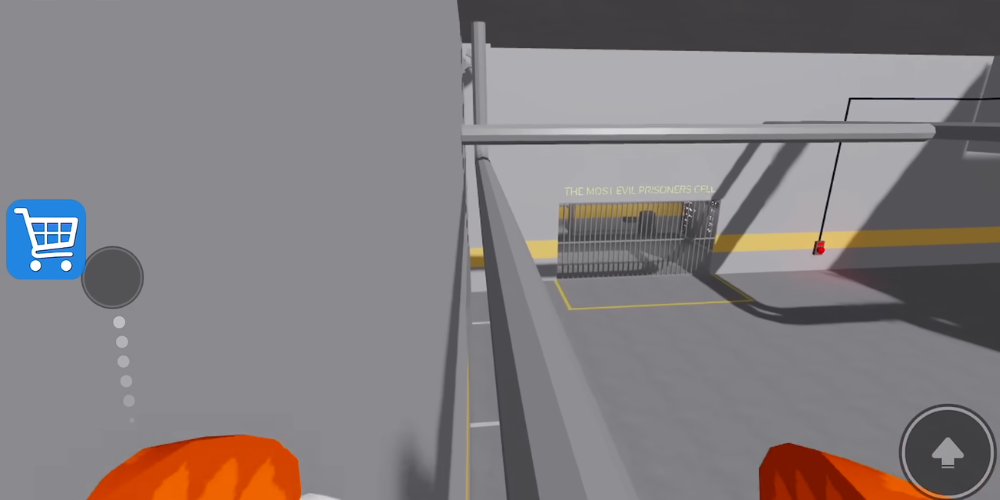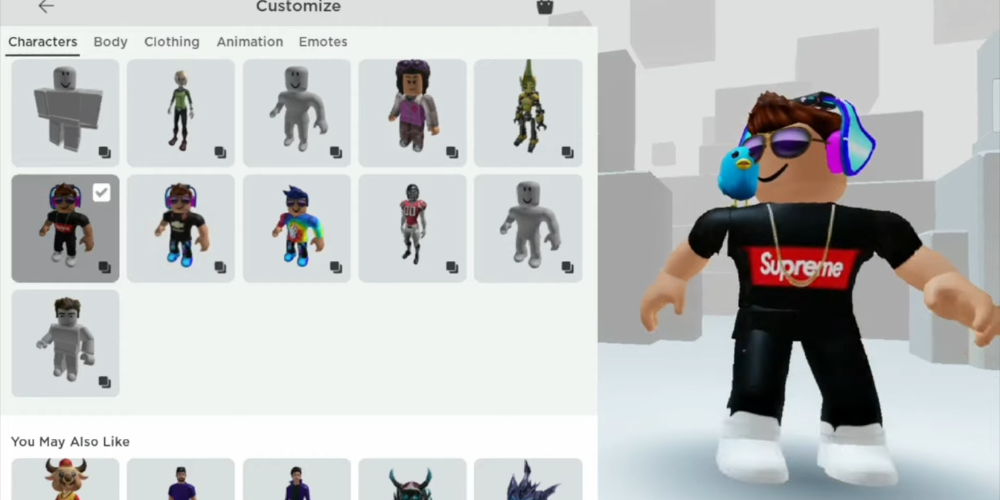Unleashing Creativity in ROBLOX: Building Tips and Tricks for Your Own Mini-Game

ROBLOX is not just a realm where games are played but a universe where imagination comes to life, visions take form, and creativity knows no bounds. From adventure games to interactive experiences, the platform offers a canvas for aspiring game developers to create their mini-games. The journey from conception to realization of a game involves intricacy, passion, and a hearty dose of creativity. Whether you're a novice stepping into the game development arena or an experienced creator aiming to refine your skills, this guide is your companion in the fantastic endeavor of bringing your mini-game to life on ROBLOX.
Understanding the Basics: The ROBLOX Studio
Before diving into the intricacies of game development, familiarize yourself with ROBLOX Studio – the tool that transforms your ideas into reality. ROBLOX Studio is a powerful, user-friendly environment designed for constructing, scripting, and testing games. Familiarizing yourself with its interface, features, and functions is the first step towards mastery. Spend time exploring different menus, toolbars, and settings. Experiment with sample games and dissect their structure to understand how they are built from the ground up.
Conceptualization: The Foundation of Your Game

Ideation is the heartbeat of your game development journey. Begin by defining the genre, core mechanics, and the unique selling point (USP) of your mini-game. Whether it's a complex strategy game, a fast-paced platformer, or an immersive role-playing game (RPG), clarity in these areas is crucial. A well-defined concept serves as the blueprint guiding every other aspect of development.
During this phase, consider the following:
- Target Audience: Know your audience. Design elements that appeal to your intended players.
- Gameplay Mechanics: Define how players will interact with the game. This encompasses movement, objectives, and challenges.
- Narrative and Theme: A compelling story or theme can significantly enhance player engagement. Even simple games benefit from a catchy background story.
Designing Your Game World
The allure of any game lies in its environment — the immersive world that players step into. With ROBLOX Studio, the potential to create diverse and captivating game worlds is limitless. Begin with sketching layouts for your game's levels or areas. Consider the visual style and atmosphere you aim to achieve. Are you creating a bright, fantastical landscape, or is your game set in a dark, mysterious universe?
When designing your game world, keep these points in mind:
- Scalability: Design your world to be scalable. This allows for future expansions or modifications with ease.
- Optimization: While it's tempting to add elaborate details, remember that optimization is key to ensuring smooth gameplay for all players. Utilize ROBLOX's built-in features to enhance performance without compromising quality.
- Interactivity: Adding interactive elements can significantly improve player engagement. Consider how players interact not only with the game environment but with each other.
Scripting: Bringing Your Game to Life
Scripting is the pulse that animates your game, transforming static scenes into interactive adventures. Lua is relatively easy to learn yet powerful enough to breathe life into any game concept. From controlling character actions to managing game progress and facilitating player interactions, scripting is what makes your game dynamic and engaging.
To enhance your scripting skills:
- Start Simple: Begin with fundamental scripts, such as character movements or score tracking. Gradually progress to more complex functions.
- Use Resources: The ROBLOX community is a trove of tutorials, and shared scripts. Leverage these resources to learn and gather inspiration.
- Practice: Like any programming language, mastery of Lua comes with practice. Regularly script, test, and iterate to refine your skills.
Player Experience: Fine-tuning for Fun

Your game's success is fundamentally tied to how enjoyable it is for players. Focusing on the player experience (PX) during development ensures your game is not only fun but also intuitive and rewarding. Evaluate every aspect of your game through the lens of a player. Is the game flow smooth? Are the objectives clear? Is there a balance between challenge and reward?
To enhance player experience, consider:
- Feedback Loops: Implement mechanisms where players receive immediate feedback for their actions. This includes visual effects, sound cues, and rewards.
- Usability: Ensure your game controls are intuitive and instructions are clear. A simple, accessible UI can greatly enhance player engagement.
- Testing: Regular play-testing with diverse groups of players is invaluable. Gather feedback and adjust your game accordingly to improve PX.
Polishing and Publication
As your game nears completion, polishing becomes paramount. This stage involves refining visuals, enhancing audio, and ensuring the game is free from bugs. Optimizing performance across different devices is also crucial to accommodate a wider audience. Lastly, crafting an engaging game thumbnail and description can significantly impact your game's visibility and attractiveness on the ROBLOX platform.
Key aspects of polishing include:
- Visuals and Audio: Revisit your game's visual and audio elements. High-quality, cohesive visuals and immersive soundtracks can significantly elevate the gaming experience.
- Optimization: Test your game on various devices, ensuring smooth performance. Utilize ROBLOX Studio's optimization tools to identify and address any issues.
- Marketing: Leverage social media, community forums, and ROBLOX groups to promote your game. Engaging can also provide valuable feedback for future updates.
Staying Inspired and Evolving

Game development is an ongoing journey of learning, creativity, and iteration. Stay inspired by playing a wide array of games within and outside the ROBLOX platform. Analyze what makes them engaging and consider how you can incorporate those elements into your creations.
Furthermore, the ROBLOX community is a vibrant ecosystem of developers and players. Engage with community forums, attend virtual events, and participate in game jams. These interactions not only inspire but also keep you informed about the latest tools in game development.
Lastly, be open to feedback and constantly seek to improve your game based on player inputs. The evolution of your game post-launch is just as important as its initial development. Regular updates, new content, and bug fixes keep your game fresh and maintain player interest over time.
Conclusion
Creating your mini-game on ROBLOX is a rewarding journey filled with learning, challenges, and creativity. From conceptualization to publication, each step offers a unique opportunity to unleash your imagination and technical skills. Remember, successful game development is a blend of innovation, dedication, and continuous learning. Harness the power of ROBLOX Studio, engage with the community, and keep your players at the heart of your development process. With passion and perseverance, you’re well on your way to creating a captivating mini-game that stands out in the vast universe of ROBLOX.